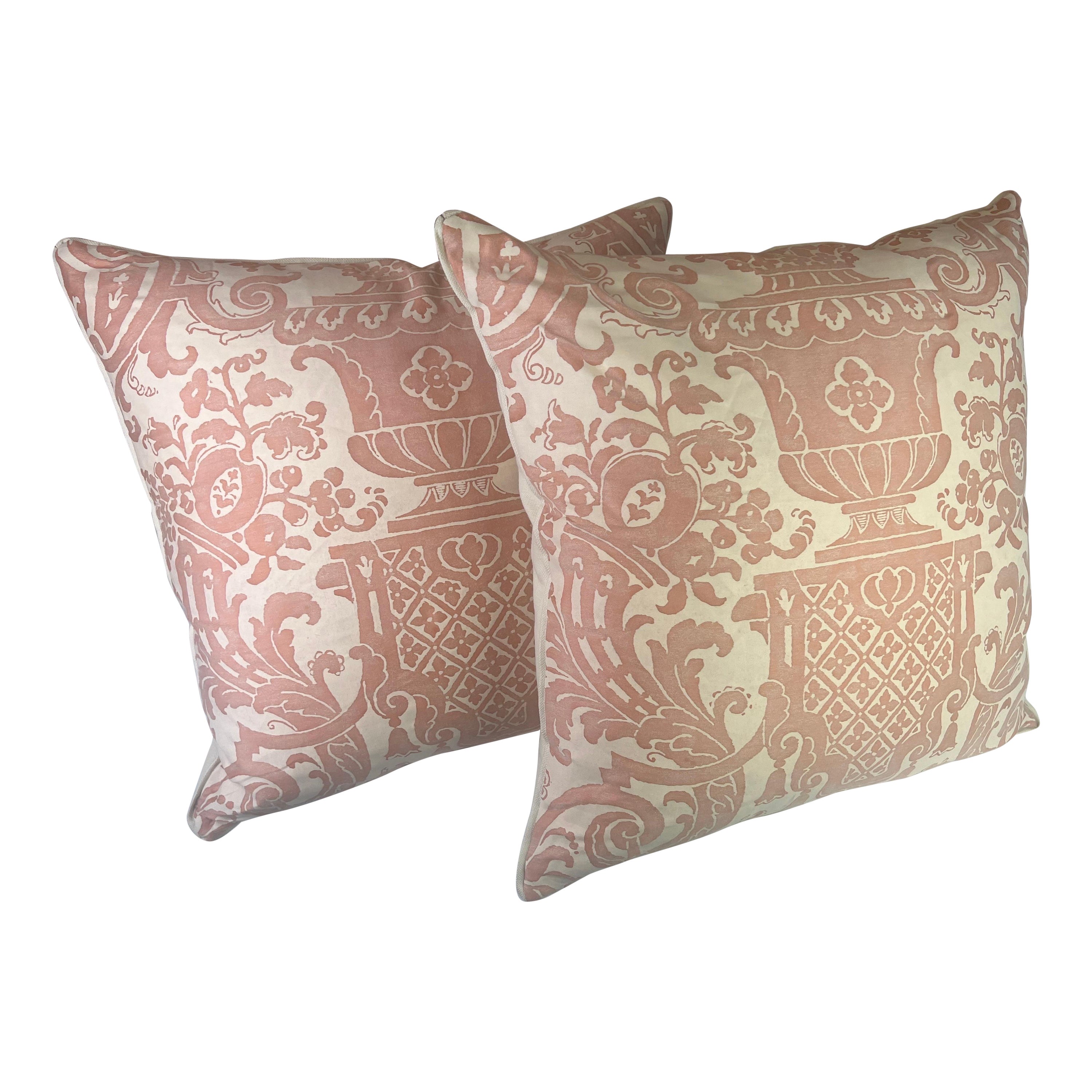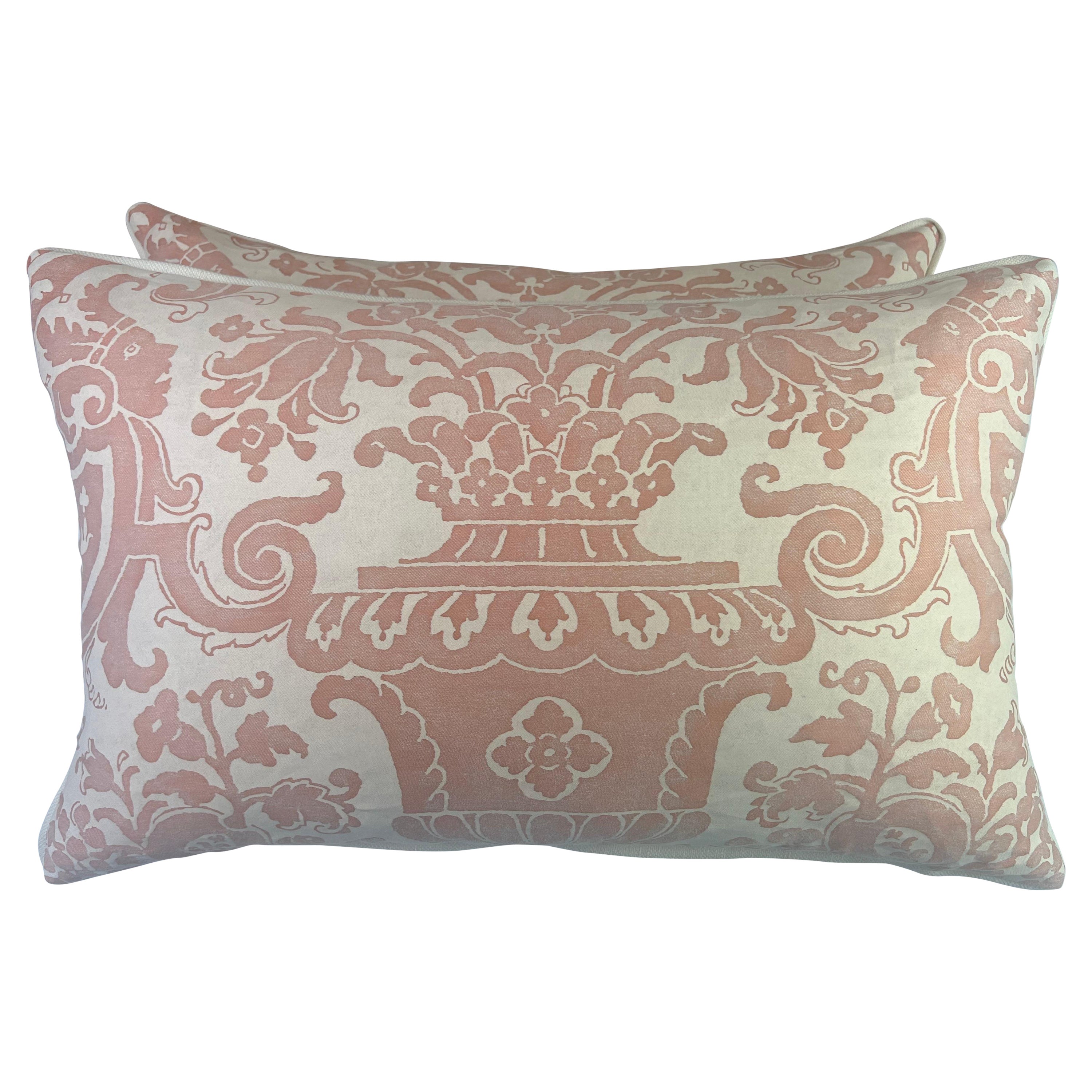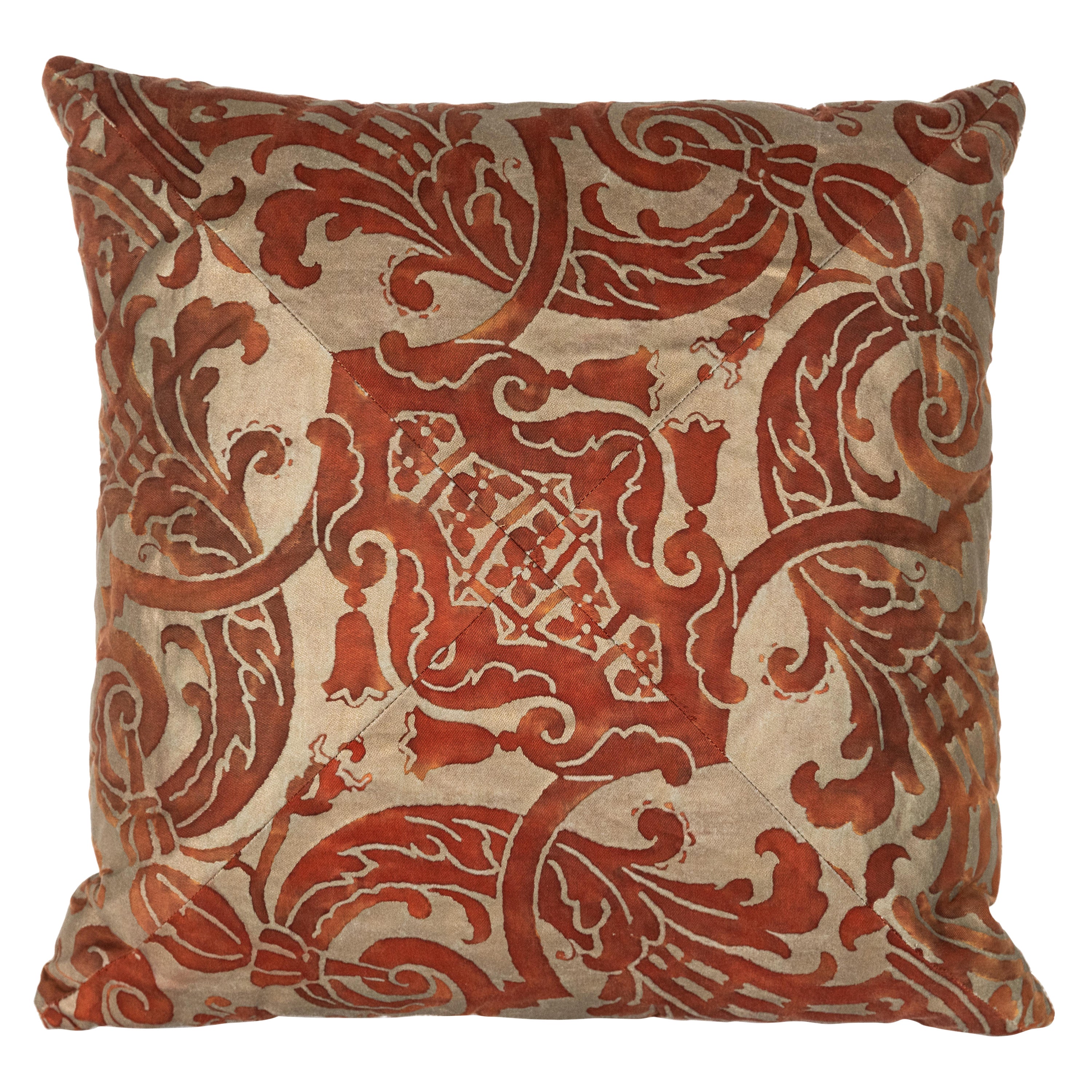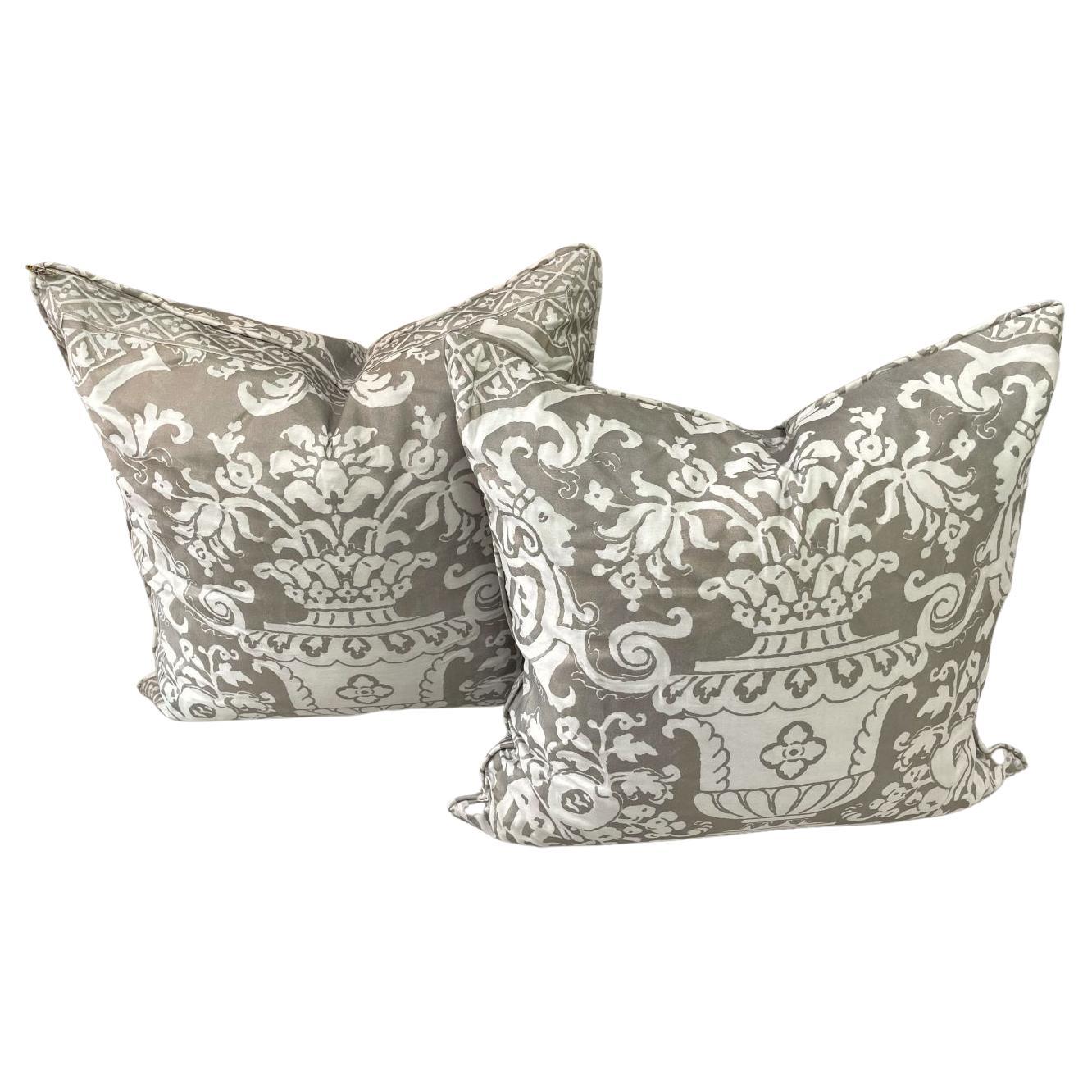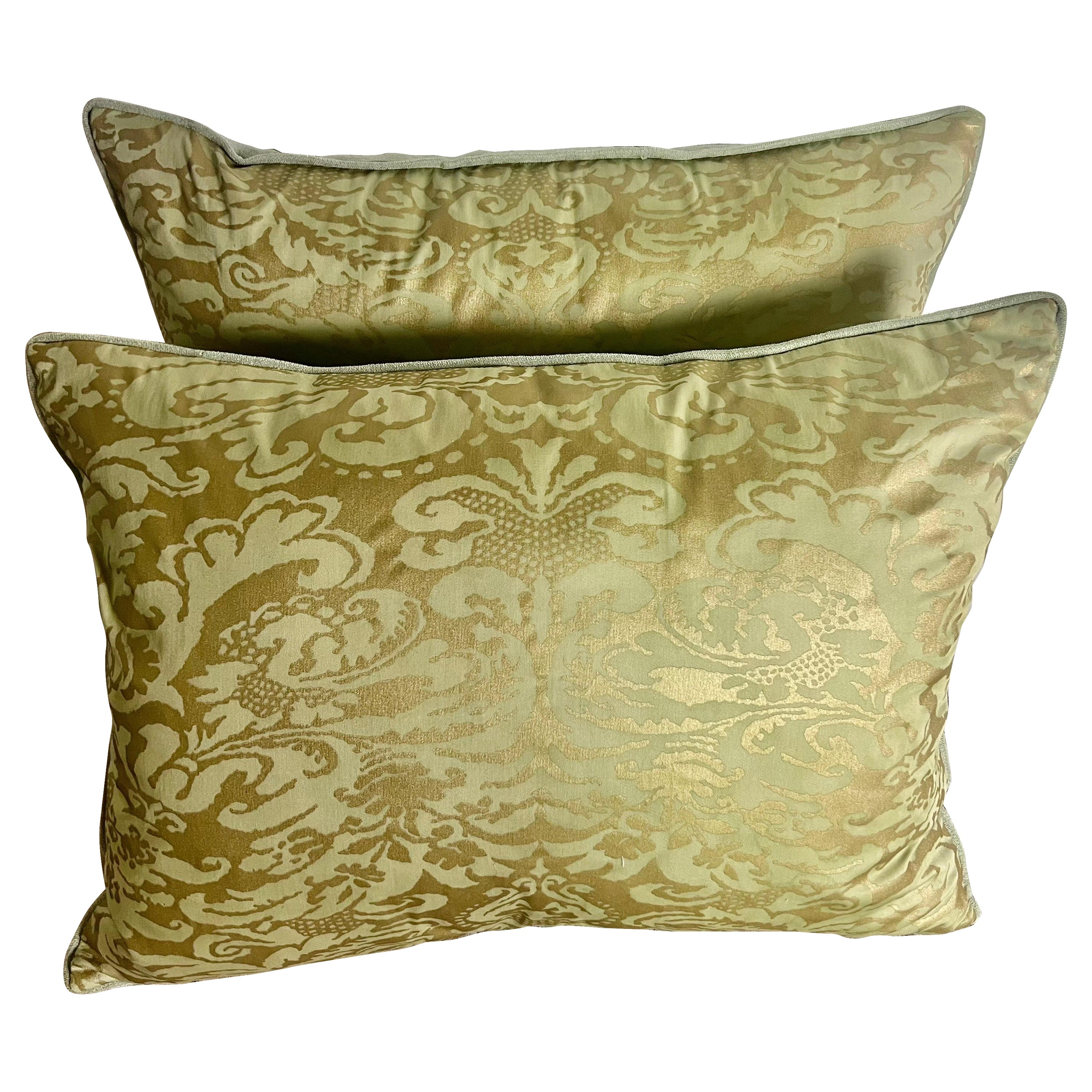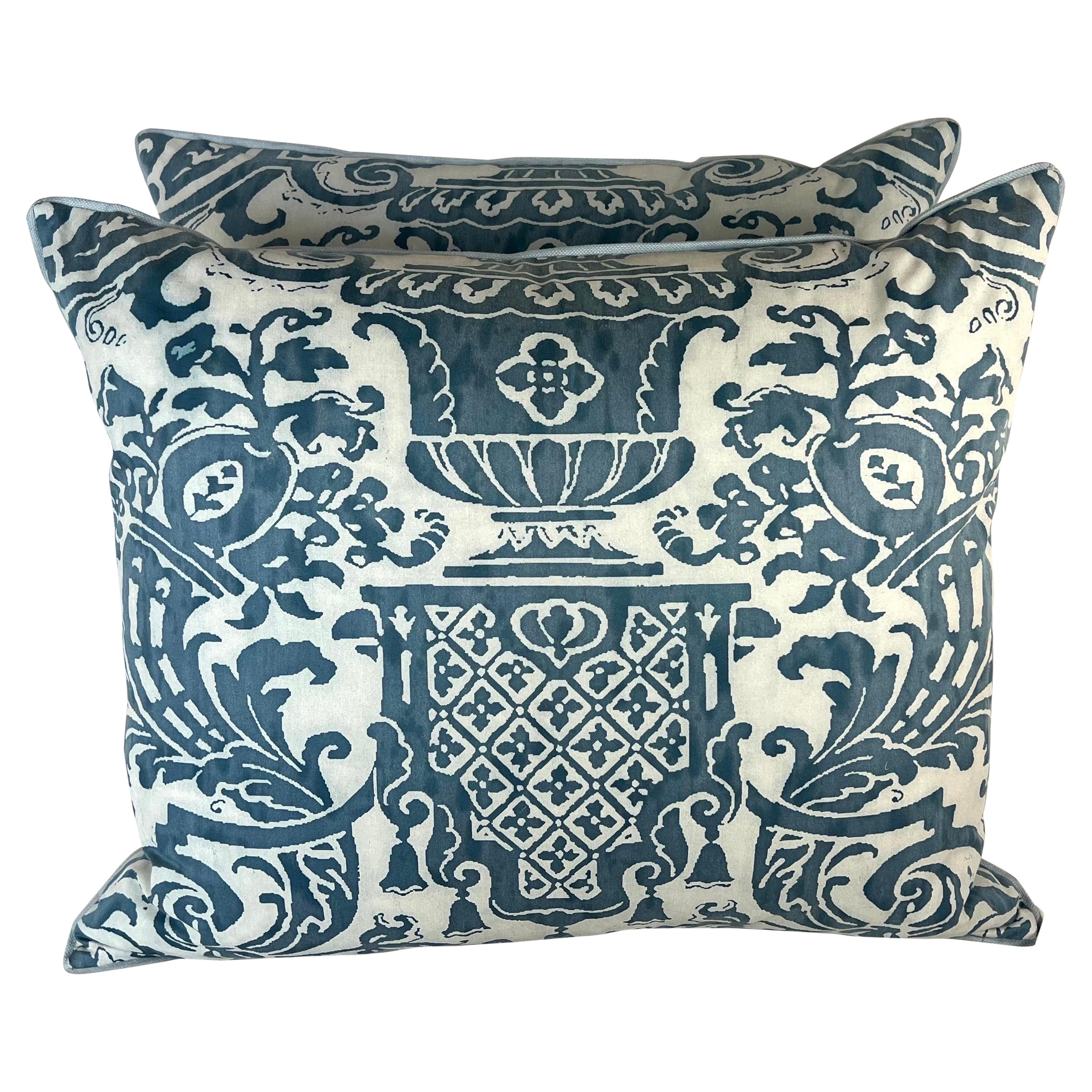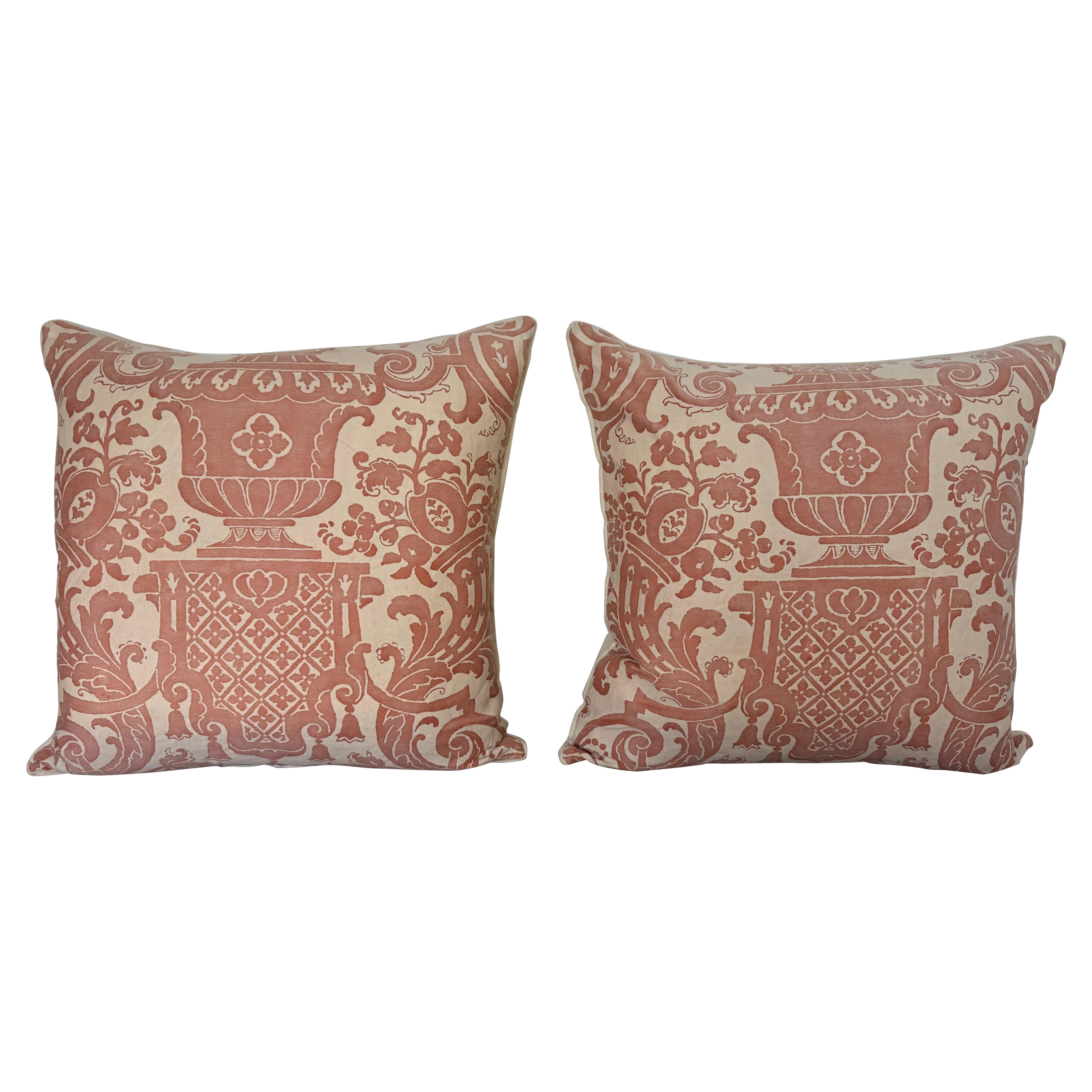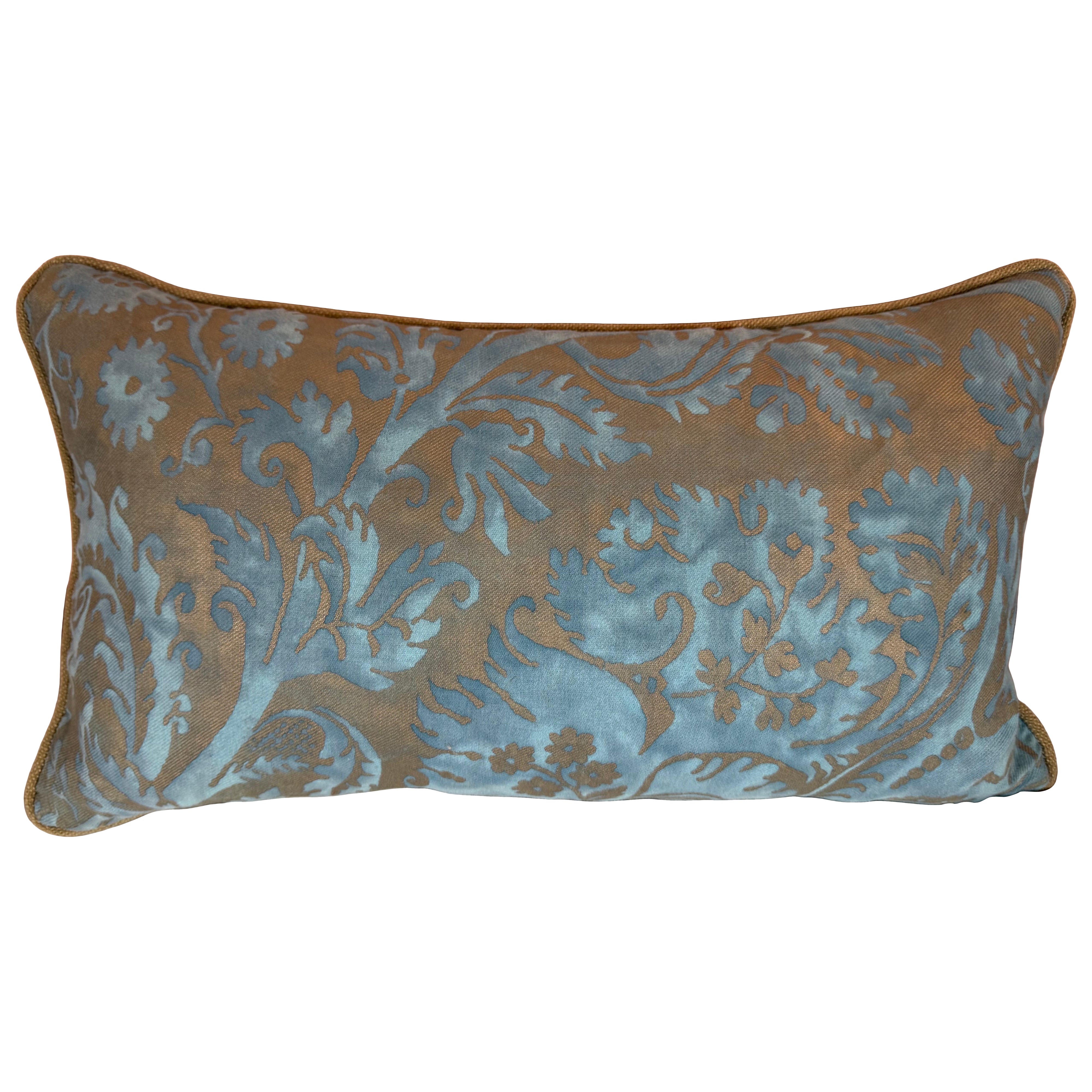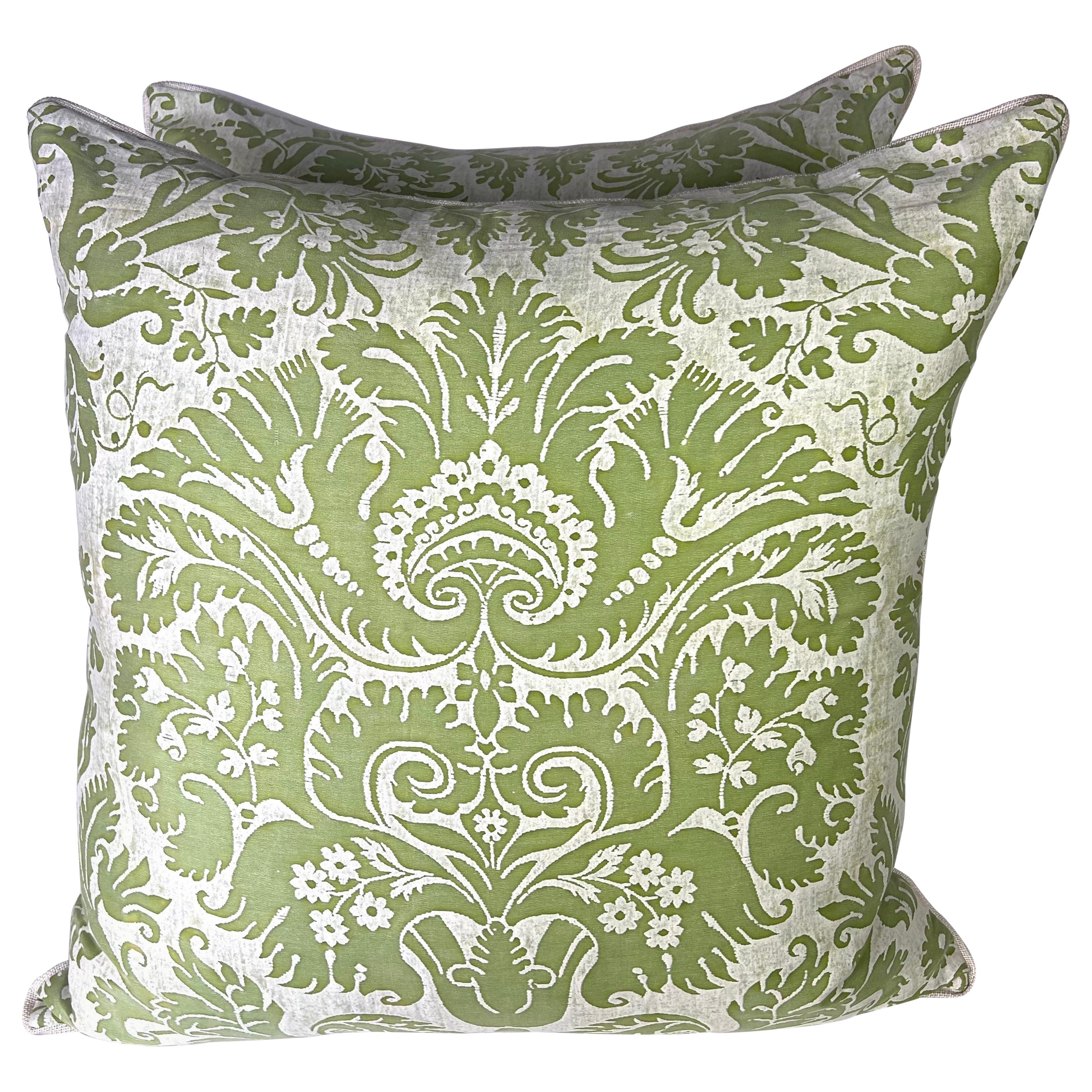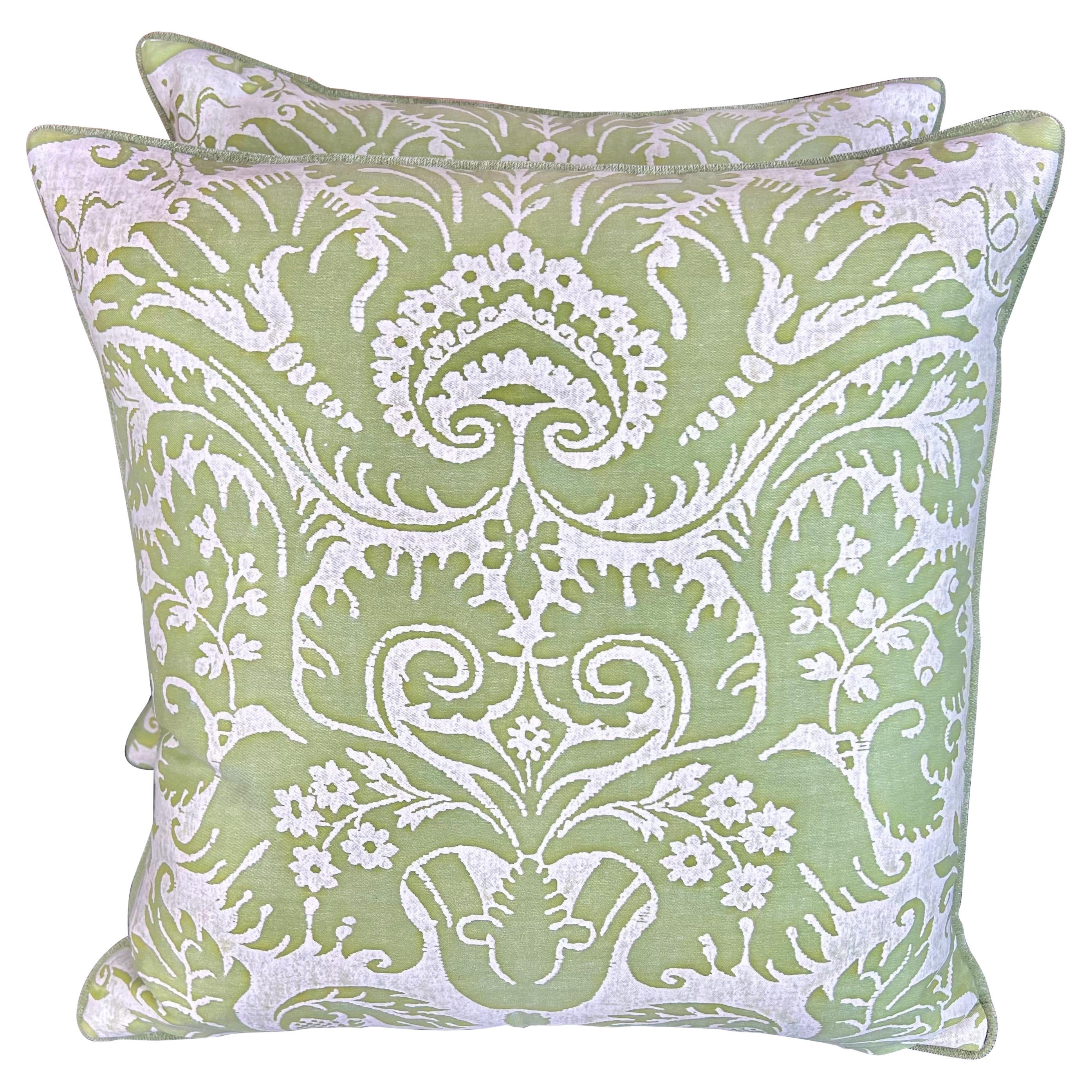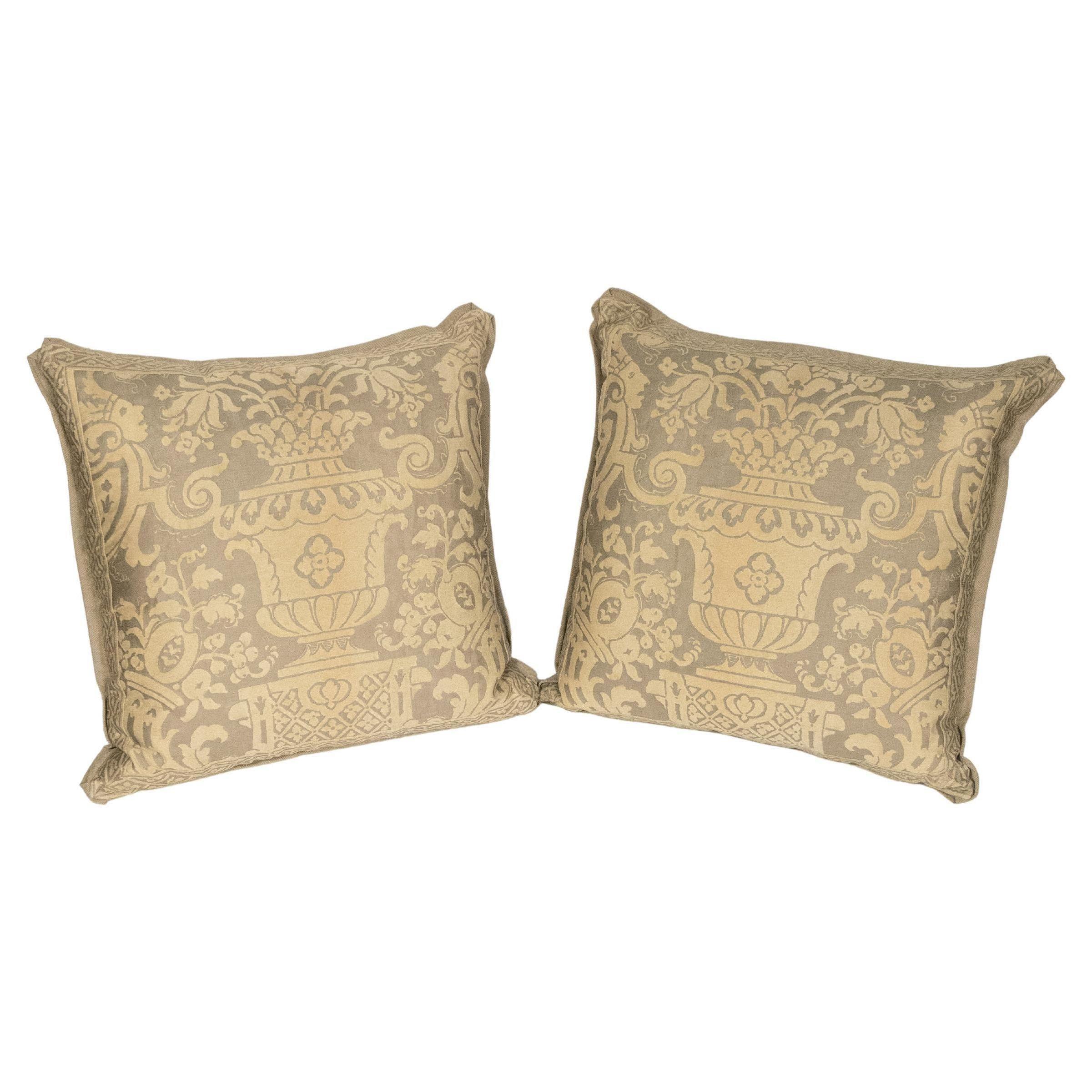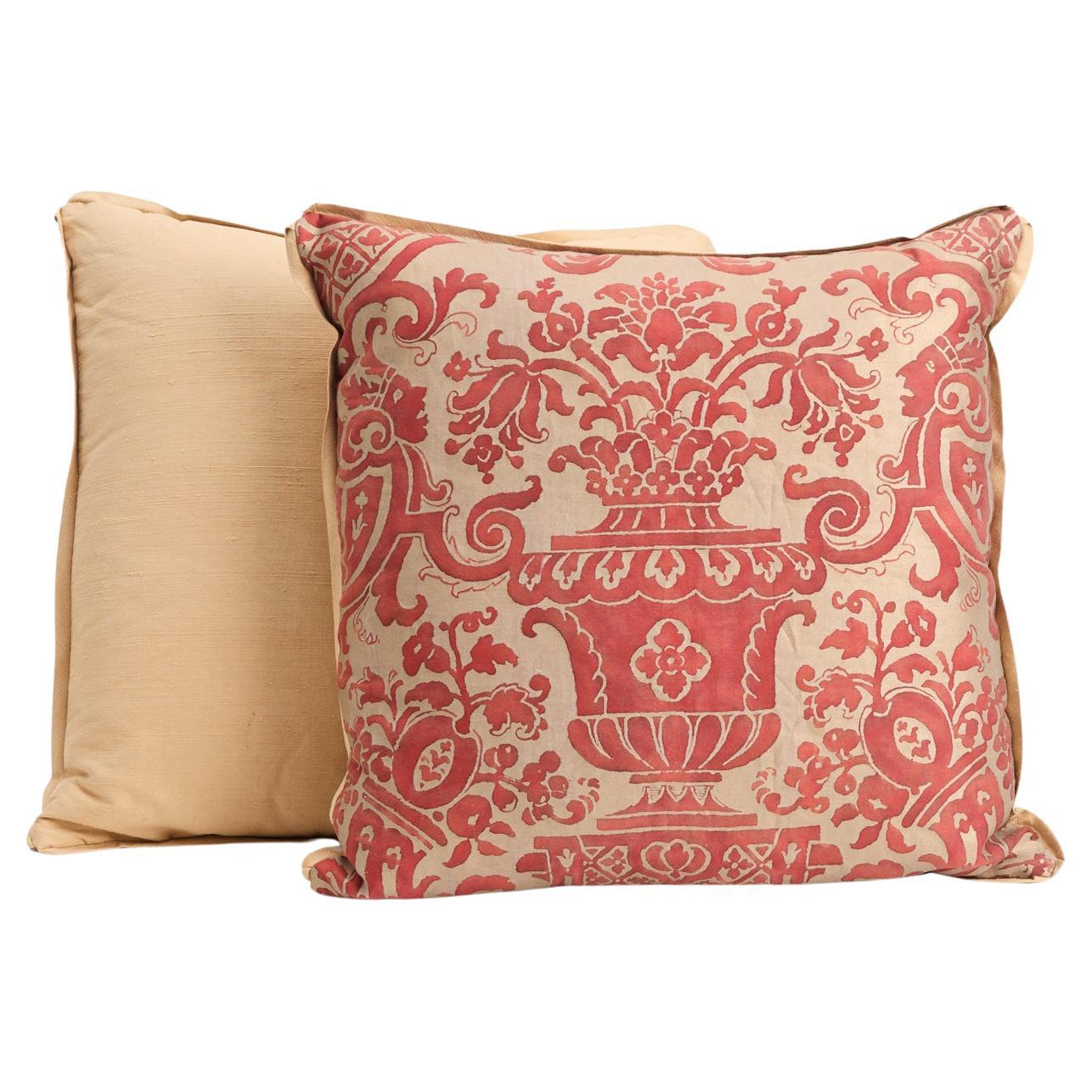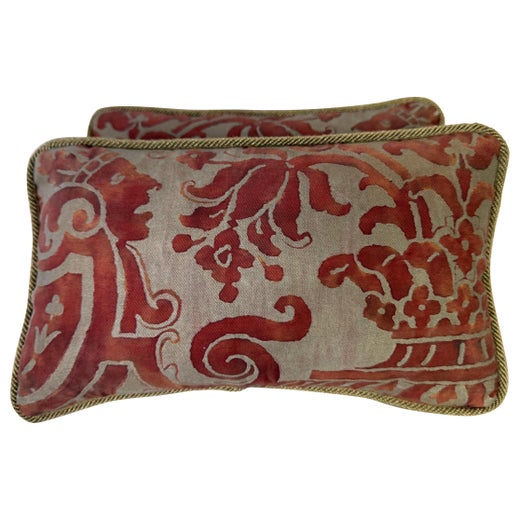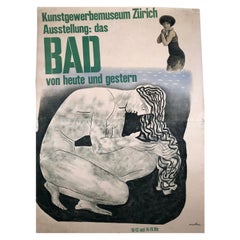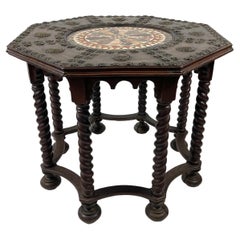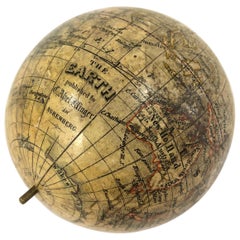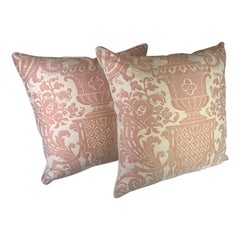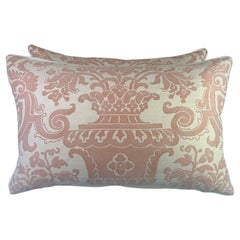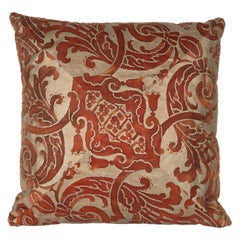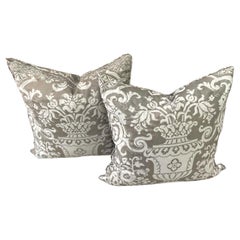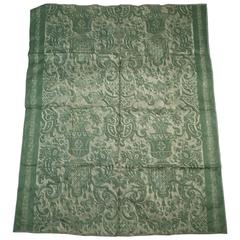
Fortuny Carnavalet Green and Gold Fabric
View Similar Items
Fortuny Carnavalet Green and Gold Fabric
About the Item
- Creator:Mariano Fortuny (Maker)
- Dimensions:Height: 65.88 in (167.34 cm)Width: 52.25 in (132.72 cm)Depth: 0.13 in (3.31 mm)
- Style:Baroque (In the Style Of)
- Materials and Techniques:
- Place of Origin:
- Period:
- Date of Manufacture:circa 1910-1920
- Condition:
- Seller Location:Essex, MA
- Reference Number:1stDibs: LU83776819963
Mariano Fortuny
Spanish fashion designer Mariano Fortuny was a true artist who worked with beautiful fabrics as his medium of choice. Although he showed talent in painting, sculpting, photography and architecture at an early age, fashion was where he really shined.
Fortuny was an innovator in the world of textile design. He drew on classical Greek tunics for his rich and interesting garments and worked with a revolutionary system for creating pleats (he was indeed proficient with product design, too, and developed lighting systems for theatre performances). He designed a range of clothing for his couture house, and today, vintage Fortuny evening gowns, gemstone-colored day dresses, coats and accessories like drawstring bags are known for their fine craftsmanship and signature elegance.
Fortuny was born Mariano Fortuny y Madrazo in 1871 in Granada, into a family of artists. His father died when Fortuny was only three years old, and his mother moved the family to Paris. As a child, Fortuny was fond of experimenting and figuring out how things worked. He even dyed pieces of fabric from his family's textile collection, which had been amassed from shops around Europe.
In 1889, the family moved again, this time to Venice. Here, Fortuny found inspiration in the past, which would influence his future designs. Not long after, the young Fortuny set off to travel the continent. In 1897, he visited Paris and fell in love with a dressmaker named Henriette Negrin. She became his muse, his wife and his creative partner — Negrin worked with Fortuny on clothing designs and fabrics — and the two settled in the French capital.
A lifelong inventor, Fortuny began patenting his creations in 1901. By 1934, he had registered more than 20 patents. At the same time, his fashion career was taking off. In 1907, he designed the Delphos gown with Negrin, which French novelist and essayist Marcel Proust described as "faithfully antique but markedly original." Fortuny had worked from his home until 1922 when increased demand required large-scale production. He opened a factory in Venice, where due to the scarcity of silk, he began experimenting with cotton.
In 1927, New York interior designer Elsie McNeill traveled to Paris to meet Fortuny and became his exclusive American distributor. She returned to the United States and introduced Fortuny's designs to New World audiences. Shops opened in Paris, New York and London. Toward the end of the 1930s, Fortuny returned to painting and stepped away from the busy fashion industry.
After Fortuny passed away in 1949, McNeill took over the label and continued running it until 1988, when it was purchased by the Riad family, who remain at the helm of Fortuny today.
Find vintage Mariano Fortuny clothing and textiles on 1stDibs.
More From This Seller
View AllVintage 1930s Swiss Posters
Paper
Mid-20th Century Swiss Mid-Century Modern Posters
Paper
Antique Late 19th Century Italian Baroque Revival Center Tables
Marble, Brass
Antique 1880s German Scientific Instruments
Brass
Antique 1870s German Black Forest Decorative Bowls
Walnut
Vintage 1920s Swiss Arts and Crafts Sterling Silver
Sterling Silver
You May Also Like
21st Century and Contemporary Italian Rococo Pillows and Throws
Cotton, Linen
21st Century and Contemporary Italian Rococo Pillows and Throws
Cotton, Linen
2010s Pillows and Throws
Fabric
21st Century and Contemporary Italian Pillows and Throws
Cotton
21st Century and Contemporary Italian Baroque Pillows and Throws
Cotton, Silk
21st Century and Contemporary Pillows and Throws
Cotton, Linen
